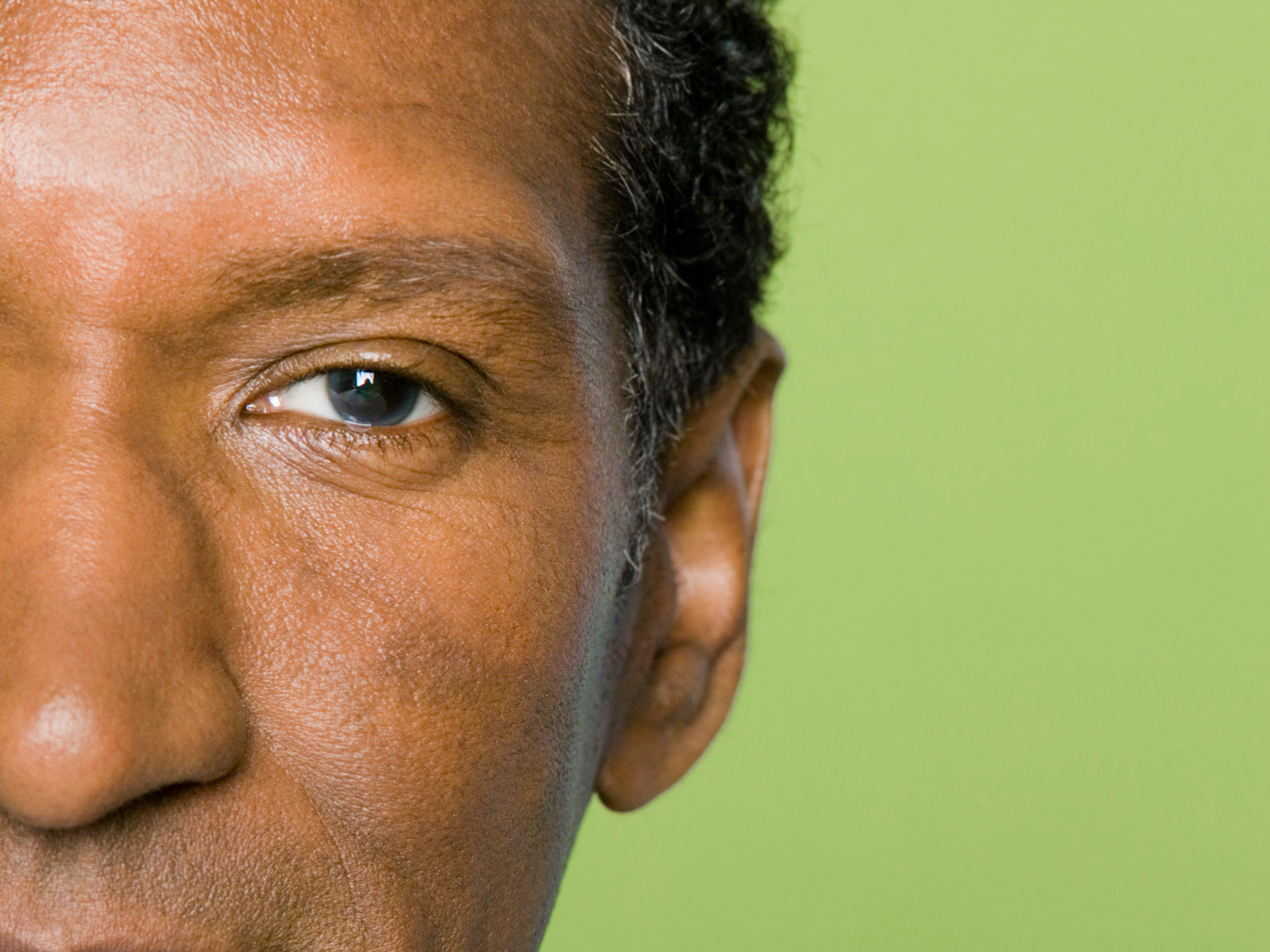Get Easy Health Digest™ in your inbox and don’t miss a thing when you subscribe today. Plus, get the free bonus report, Mother Nature’s Tips, Tricks and Remedies for Cholesterol, Blood Pressure & Blood Sugar as my way of saying welcome to the community!
Boost your flavonoids to beat cataracts

The ability to observe the colors, shapes and textures of the people and environment around you, is something that can be taken for granted… until vision begins to fail.
And unfortunately, if you’re over 40 you could be one in six that ends up with a vision problem called cataracts.
Once you hit 80 your risk of acquiring cataracts jumps to 50 percent. And even worse, if you have diabetes you have a 60 percent greater risk of developing cataracts, even in your younger years.
Cataracts are a condition where an opaque layer grows over the lens of the eye. If you have cloudy or misty vision, blurred vision, spots in your vision, get dazzled by bright lights or have yellowing in your vision, you may have the signs of cataract development — it’s recommended you have an eye exam.
While the exact cause of age-related cataracts could be any number of things. Experts know that the reason people with diabetes are at higher risk of cataracts is due to altered blood sugar balance.
Sugar in your eyes: not so sweet
The eye is fed by fluid that oxygenates and provides nutrients to assist the eye with proper function. High sugar in the bloodstream influences this eye fluid, affecting particular enzymes. And as a consequence, this changes the way structural proteins of the eye lens construct, causing them to group together and cloud over vision.
Thankfully, cataract surgery can now be performed, where they replace your lens with an artificial one. But while cataract surgery is now one of the most commonly performed surgeries, it’s still not a surgery you want to face, if you can avoid it…
The most important step you can take is to keep your blood sugar levels well controlled because if you can achieve even a 1 percent reduction in A1c levels, you can reduce your risk of cataracts by 19 percent.
But as it turns out, you can also focus on consuming particular foods that provide further protection…
Using animal eye lenses, researchers set out to conduct multiple experiments and discovered that certain flavonoids can protect against several sugar-induced processes that lead to the development of cataracts.
While some of these flavonoids are only available in fraction form in the lab, four particular flavonoids are readily available in a wide variety of foods.
Apigenin — found in parsley, celery, rosemary, oregano, thyme, basil, chamomile, cloves, lemon balm, artichoke, spinach, peppermint, red wine and licorice.
Baicalein — found in onions and two traditional chinese medicinal plants: skullcap and paeonia lactiflora.
Genistein — found in soy products such as tofu, soymilk, soy flour, textured soy protein, soy protein isolates, tempeh, natto, edamame and miso.
Chrysin — found in passion flower, chamomile, mushrooms and honeycomb.
Another interesting discovery was that while supplemental forms of flavonoids can be beneficial, one of the main challenges is making them more bioavailable — supplemental flavonoids just don’t seem to be absorbed as effectively as flavonoids directly consumed from foods.
So the best course of action is to use the food list above to include more cataract-fighting flavonoids in your daily diet.
Editor’s note: Are you feeling unusually tired? You may think this is normal aging, but the problem could be your master hormone. When it’s not working, your risk of age-related diseases skyrockets. To reset what many call “the trigger for all disease” and live better, longer, click here to discover The Insulin Factor: How to Repair Your Body’s Master Controller and Conquer Chronic Disease!
Sources:
- Patil KK, et al. Role of dietary flavonoids in amelioration of sugar induced cataractogenesis. — Archives of Biochemistry and Biophysics. 2016;593:1-11.
- Apigenin has star boosting properties — Heart Health Guide. Retrieved 25 August, 2017.
- USDA Food Composition Databases. Retrieved 25 August, 2017.
- Cataracts and Diabetes — Diabetes UK. (2017). Retrieved 25 August, 2017.
- Cataract. — (2017). Visionproblemsus.org. Retrieved 25 August, 2017.












